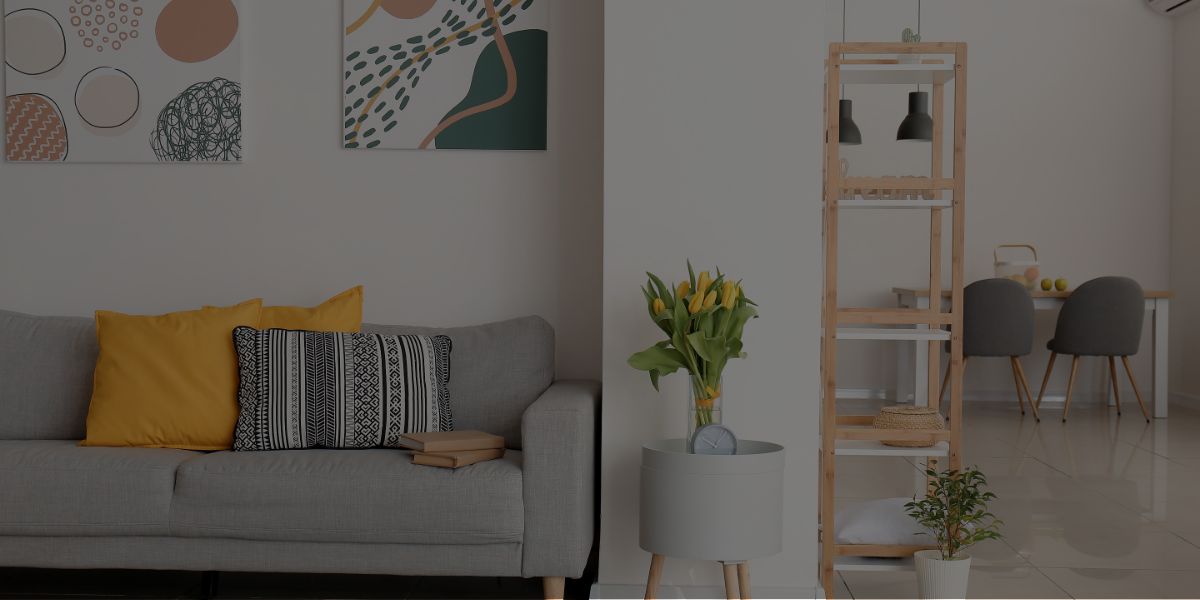You might think that in order to become an interior designer, you need to have a degree from a prestigious design school. However, this is not always the case. In reality, there are many ways to get started in the field of interior design, even if you don’t have a degree. In this article, we’ll discuss how to become an interior designer without a degree.
What’s more – we’ll also discuss why QC Design School‘s Interior Decorating Course could be a better alternative for you… And a better career path overall!
Is interior design a good career path for you? Find out here!
What Qualifications Do You Need To Be An Interior Designer?
First thing’s first: let’s discuss the core qualifications that you’ll need to get started in the field of interior design. Interior designers need to have:
- A keen eye for detail
- An understanding of space and proportion
- Good color theory knowledge
- Strong visualization skills
- Excellent communication and presentation skills
If you have all of these qualifications, then you’re well on your way to becoming a successful interior designer! However, even if you don’t have all of these qualifications, there are still ways to get started in the field.
How To Become an Interior Designer Without a Degree
There are a few ways to become an interior designer without a degree. The first is by working as an assistant to a licensed interior designer. This is a great way to get your foot in the door and learn about the industry from someone who is already established in the field.
How To Get Started As an Interior Designer With No Experience
To get your foot in the door and become an interior designer (even if you have no experience), there are certain tips we recommend taking advantage of. Let’s break them down below…
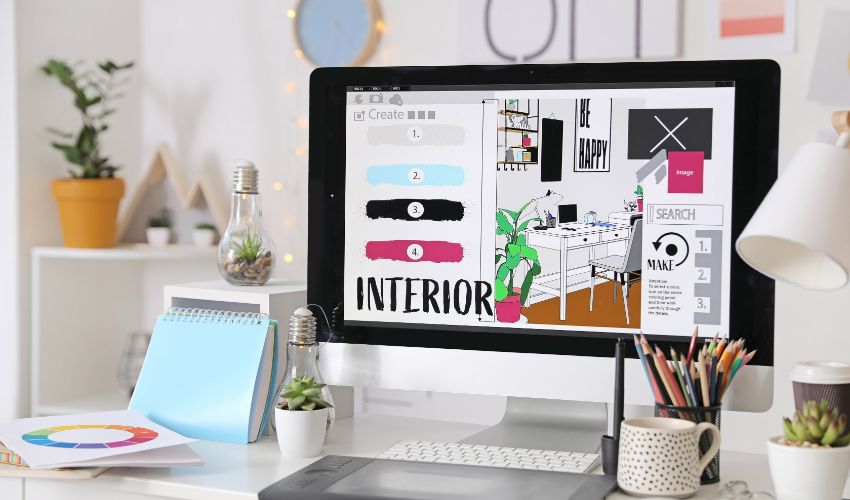
Tip #1: Know What An Interior Designer Does
First, it’s important to have a thorough understanding of an interior designer’s job description. Interior designers are responsible for creating functional and beautiful spaces. They work with clients to understand their needs and wants. From there, they then create a design that meets those needs.
Moreover, interior designers need to be able to think creatively, solve problems, and communicate effectively. If you have these skills, then you’re well on your way to becoming a successful interior designer – with or without formal education!
Tip #2: Learn The Skills Needed To Work In This Field
Next, you’ll need to learn the skills needed to be an interior designer. As a professional designer, you’ll need to be able to:
- Determine costs and work within budgets
- Conceptualize your clients’ design goals and visions
- Create floor plans and sketches
- Outline project objectives
- Set (and stick to) project timelines and due dates
- Choose furniture, fabrics, and finishes
- Coordinate with contractors and other professionals
- Inspect and approve finished projects to ensure they’re up to standard
Furthermore, there are certain soft skills that are important in this field, such as:
- Creativity
- Communication
- Organization
- Friendliness
- Patience
- Flexibility
If you have these skills, then you’re well on your way to becoming a successful interior designer!
Tip #3: Gain Experience By Working For People You Know
One of the best ways to gain experience as an interior designer is to work for people you know. This could be family, friends, or even neighbors. Interior design projects can come in all shapes and sizes.
Perhaps your friend is looking to redesign their kitchen. Or maybe your neighbor needs help picking out new furniture for their living room. Whatever the project may be, use it as an opportunity to showcase your skills and gain some experience!
Tip #4: Use Technology To Your Advantage
In today’s day and age, there are a ton of technology tools that you can use to your advantage. There are design software programs that can help you create floor plans and sketches. There are also online resources that can help you learn more about the field of interior design.
Make sure to use technology to your advantage and you’ll be well on your way to becoming a successful interior designer!
Pro Tip: Here are 28 of the BEST home design and interior decorating apps out there!
Tip #5: Become An Apprentice
Another great way to become an interior designer without a degree is to become an apprentice. An apprenticeship is basically on-the-job training. You’ll work with a licensed interior designer and learn all about the ins and outs of the industry.
Apprenticeships are typically 1 to 2 years in length. And at the end of your apprenticeship, you’ll have the skills and experience needed to start your own interior design business!
Tip #6: Start Your Career As a Freelancer
If you’re not ready to commit to a full-time job, then starting your career as a freelancer is a great option! As a freelancer, you’ll be able to work on Interior Design projects of all shapes and sizes. You can also set your own hours and rates.
The best way to get started as a freelancer is to create a portfolio of your work. This will help you land Interior Design clients and grow your business.
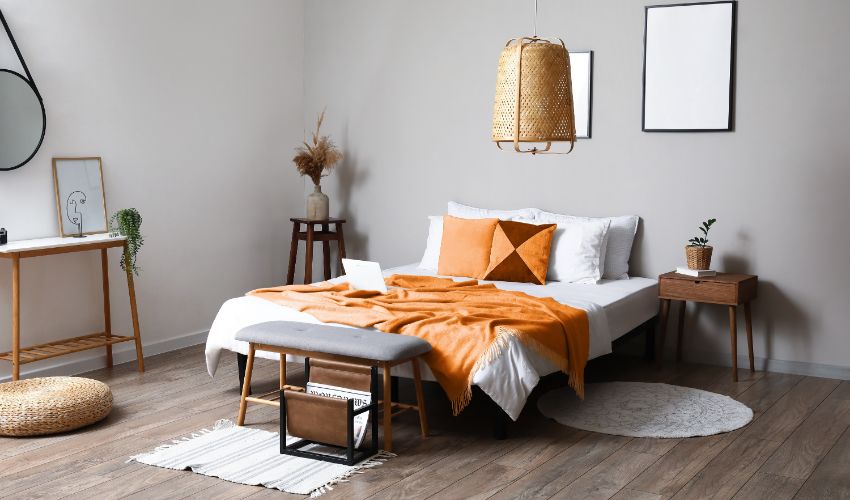
Tip #7: Become a Contractor
Another option for starting your interior design career is to become a contractor. As a contractor, you’ll work with interior design firms to help them complete projects. This is a great option if you have experience in the industry but don’t want to start your own business.
To become a contractor, you’ll need to have a strong understanding of the interior design industry. You should also have a solid portfolio of your work to show potential clients and employers alike.
Tip #8: Develop Your Professional Network
One of the most important things you can do as an interior designer is to develop your professional network. After all, interior design is a competitive industry! Thus, having a strong network will help you find new opportunities and grow your business.
There are a few different ways you can go about developing your professional network. You can start by:
- Attending industry events and meetings
- Joining professional organizations
- Reaching out to other interior designers
- Building relationships with vendors and suppliers
By taking the time to develop your professional network, you’ll be well on your way to becoming a successful interior designer!
The Downsides Of Not Getting an Interior Design Degree
Now that we’ve gone over some tips on how to become an interior designer without a degree, it’s important to discuss the downsides of not getting a degree. As we just mentioned, interior design is a highly competitive industry… And without a degree, you’ll likely have a difficult time finding employment.
Difficulty Finding Employment
This is because most interior design firms prefer to hire designers with a degree. They view a degree as proof that you have the necessary skills and knowledge to be successful in the field. Similarly, clients will be far less likely to hire an interior designer without a degree, as they view it as a risk.
Job Limitations
Another downside of not getting a degree is that you’ll be limited in the types of projects you can work on. This is because certain projects, such as commercial design, require a degree. Without a degree, you’ll only be able to work on residential projects.
That said, not having a degree can also limit the type of residential projects you can book, too. In most cases, you’ll be competing against other interior designers for every client you hope to book with. And if any of them do have a reputably degree, the client is probably going to want to hire them over those who don’t have this type of qualification.
Less Of An Income
Not having a degree will also limit your earning potential. Interior designers with a degree earn, on average, earn over $15,000 more than those without a degree. They also have an easier time landing high-paying projects and clients.
So, while you technically can work as an interior designer without a degree, this is the type of field where not having the professional license/qualification can severely limit your chances of long-term success.
Getting An Interior Design Degree: What To Expect
After passing the NCIDQ exam, you’ll finally be able to call yourself a certified Interior Designer! From there, you’ll be able to find employment with an interior design firm or start your own business.
Once you’ve completed your interior design program, you’ll need to pass the National Council for Interior Design Qualification (NCIDQ) exam. This exam is administered by the NCIDQ and tests your knowledge of interior design principles and practices.
First and foremost, you’ll need to complete an accredited Interior Design program. These programs typically last 2 to 4 years, depending on the school you train with. In these programs, you’ll cover topics like design theory, history, computer-aided design, and more.
If you are thinking about getting an interior design degree, you might be wondering what the process entails. Here’s a quick overview of what you can expect:
Is There An Alternative?
There is an alternative to getting an interior design degree that can help you achieve your goals: interior decorating!
Not at all!
Let’s say, for whatever reason, you don’t want to (or can’t) commit to spending that many years in school. Maybe you’re juggling a full-time job, are a busy parent, etc. Does this mean your dreams of working in the professional home design industry are dashed?
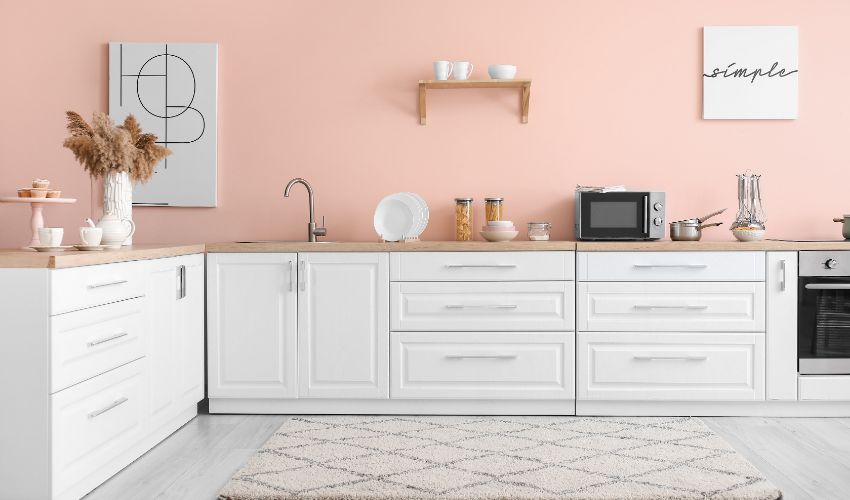
The Difference Between An Interior Designer and An Interior Decorator
What exactly is the difference between these two career paths?
An interior designer is someone who plans and oversees the design of living spaces. This includes both the aesthetic and functional aspects of the space. Interior designers typically have a degree in Interior Design and are certified by the NCIDQ. Furthermore, interior designers are often involved in the architectural process of a home design/renovation.
An interior decorator, on the other hand, is someone who uses their knowledge of color, texture, and furniture to enhance the appearance of a space. Importantly, interior decorators do not get involved in the architectural side of design projects. This is because they do not typically have the education or experience to do so.
However, just because interior decorators don’t get involved in the architectural process, doesn’t mean they’re not qualified to help you design your dream home! In fact, many interior designers hire interior decorators to help with the “decorating” aspects of their projects.
Furthermore, interior decorators typically don’t need a degree (although some choose to get one anyway). Plus, they don’t have to take the NCIDQ exam. This makes becoming an interior decorator a much more feasible option for those with busy schedules or other commitments!
Comparing Job Duties
While the job duties of an interior designer and decorator may seem similar, there are some key differences. Interior designers typically:
- Work with clients to understand their design goals
- Develop preliminary design concepts
- Create floor plans and specifications
- Source materials and furniture
- Supervise construction/renovation projects
On the other hand, interior decorators typically:
- Work with clients to understand their design goals
- Develop preliminary design concepts
- Create mood boards and color schemes
- Source materials and furniture
- Supervise construction/renovation projects
As you can see, the duties of an interior designer are much more extensive than those of an interior decorator. This is because interior designers are responsible for both the aesthetic and functional aspects of a space, while interior decorators are only responsible for the aesthetic aspects.
Is Interior Decorating The Better Path For You?
On that note, let’s take a closer look at how the educational requirements for interior decorators varies from interior designers…
What’s more, interior decorating is the better option if you don’t want to spend 2 to 4 years in school or if you’re unable to take the NCIDQ exam.
If you’re interested in both the aesthetic and functional aspects of design, then interior design is the right path for you. However, if you’re only interested in the aesthetic aspects of design, then interior decorating is the right path for your career goals.
So, now that you know the difference between these two career paths, which one is right for you?
Do You Need a Degree To Be An Interior Decorator?
That said, much like with interior design, it’s considered a disadvantage to not get some type of formal training. This is because formal training will give you the knowledge and skills you need to be successful in this competitive field. And again, employers and potential clients alike will be far more likely to hire someone with formal training over someone without any training.
Contrary to popular belief, you don’t need a degree to be an interior decorator. Interior decorating is an unregulated field. In fact, many successful interior decorators have no formal education in design!
Interior Decorating Training
The best way to get started in this field is to take an Interior Decorating Course from an accredited school, like QC Design School.
So, what type of formal education should you get if you want to be an interior decorator?
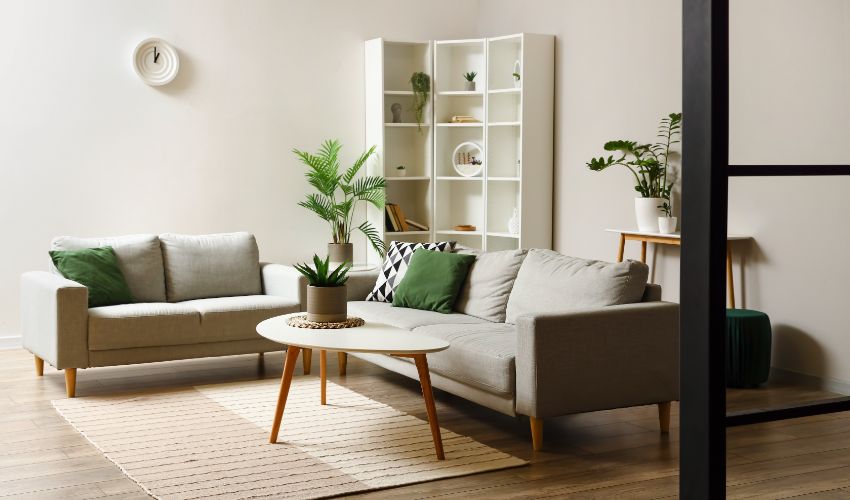
QC Design School’s Interior Decorating Course
Upon completion of this course, you’ll receive QC’s globally-recognized International Design and Decorating Professional (IDDP) certification. This also acts as your official title/designation. As a result, you can proudly put “IDDP” after your name on your resume, business cards, website, and social media!
As a point of reference, many of our graduates found that by devoting a mere 1-2 hours per week on their Interior Decorating Course, they were able to complete the program in as little as 3-6 months. Plenty of other graduates found they were able to graduate in as little as 12 short weeks.
Best of all, our Interior Decorating Course can be completed entirely online and at your own pace! Beginning on the day you enroll, you’ll be given 2 full years to finish your program. However, when, where, and how often you work on your studies is entirely up to YOU. Meaning, you can use as little or as much of those 2 years as you need!
At QC, you’ll receive a comprehensive education in all aspects of interior decorating. You’ll learn everything from color theory and furniture selection to space planning, project management and more. Plus, you’ll have the opportunity to put your skills to the test with in a real-world setting, as part of your practical assignments!
Interior Decorating Resources To Bookmark
Before we wrap things up, we want to leave you with a few helpful resources that will come in handy as you continue your journey to becoming an interior decorator:
- How To Become an Interior Decorator: The Ultimate Guide
- Do You Need To Have a License To Be an Interior Decorator?
- The Best Places For Interior Decorators To Shop
- How To Charge As an Interior Decorator
- 9 Business Ideas For Interior Decorators
- The Best Tools For Interior Decorators
- 17 Ways To Get Clients As an Interior Decorator
Conclusion
So, is it possible to become an interior designer without a degree?
Yes – however, it can put you at a disadvantage. While you technically can work as an interior designer without a degree, this is the type of field where not having the professional license/qualification can severely limit job opportunities.
Interior decorating, on the other hand, is a much better alternative career path – especially if you’re looking for a way to get started quickly, and without spending a fortune on tuition.
QC’s Interior Decorating Course is the perfect way to get started in this field. You’ll receive a comprehensive education in all aspects of interior decorating, and you can even complete the program entirely online! Plus, upon completion, you’ll receive an internationally-recognized certification!
So, what are you waiting for?

